Polymeric Nanoparticle-based mRNA Delivery System for Biologics
Inquiry
Polymeric nanoparticles are synthesized using a combination of amine and divinyl monomers, resulting in a chemically versatile polymer library. At CD Formulation, we specialize in the development of polymeric nanoparticle-based mRNA delivery systems tailored to the specific needs of our clients. Our expertise spans from the initial design of the delivery system to nanoparticle formulation and characterization.
Advantages of Polymeric Nanoparticles for mRNA Delivery
Polymeric nanoparticles (such as cationic and non-cationic polymers) are used as nanocarriers to protect mRNA from premature degradation and facilitate mRNA delivery to the cytosol of target cells.
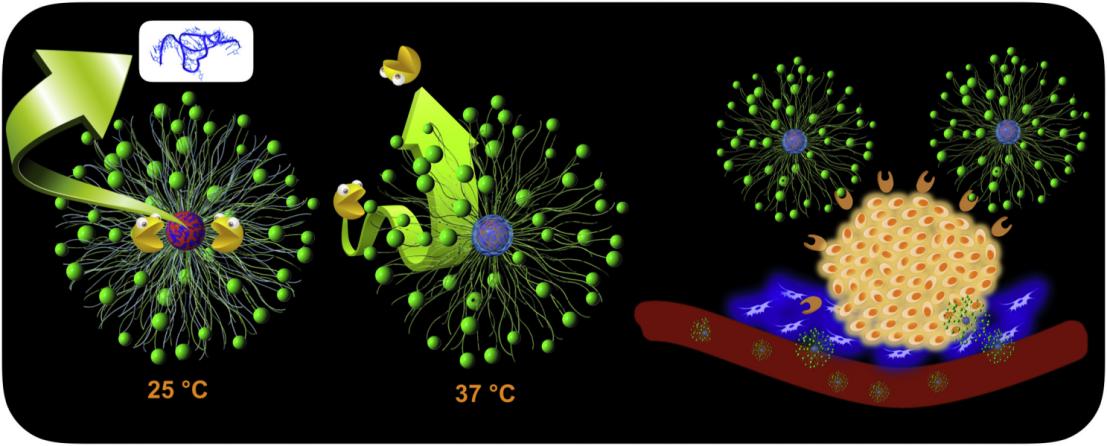 Fig.1 Conceptual illustration of polymeric nanoformulation as an mRNA delivery system. (Qixian Chen, et al. 2017)
Fig.1 Conceptual illustration of polymeric nanoformulation as an mRNA delivery system. (Qixian Chen, et al. 2017)
Polymeric nanoparticles provide several key benefits for mRNA delivery:
- Protection from Degradation: Polymeric nanoparticles prevent mRNA from degrading before reaching target cells.
- Modulation of Immune Response: Polymeric nanoparticles can be designed to adjust the immune response to mRNA.
- Targeted Delivery: Customizable polymeric nanoparticles can enable targeted delivery of mRNA to extrahepatic organs or specific tumors.
- Controlled Release: Polymeric nanoparticles facilitate the controlled release of mRNA within cells, enhancing therapeutic efficacy.
Applications of Polymeric Nanoparticle-based mRNA Delivery Systems
Polymeric nanoparticles enable mRNA delivery for a variety of applications, including:
- Gene Editing: Polymeric nanoparticles can deliver mRNA encoding gene-editing enzymes like Cre recombinase, aiding in precise genetic modifications.
- mRNA Vaccines: mRNA encapsulated in polymeric nanoparticles can be more efficiently delivered to lymph nodes, eliciting stronger immune responses.
- Cancer Immunotherapy: Polymeric nanoparticles improve the efficacy of cancer immunotherapies by enhancing mRNA delivery to tumors.
- Tissue Regeneration: Polymeric nanoparticles are widely used in regenerative medicine for applications like tissue regeneration and cell reprogramming.
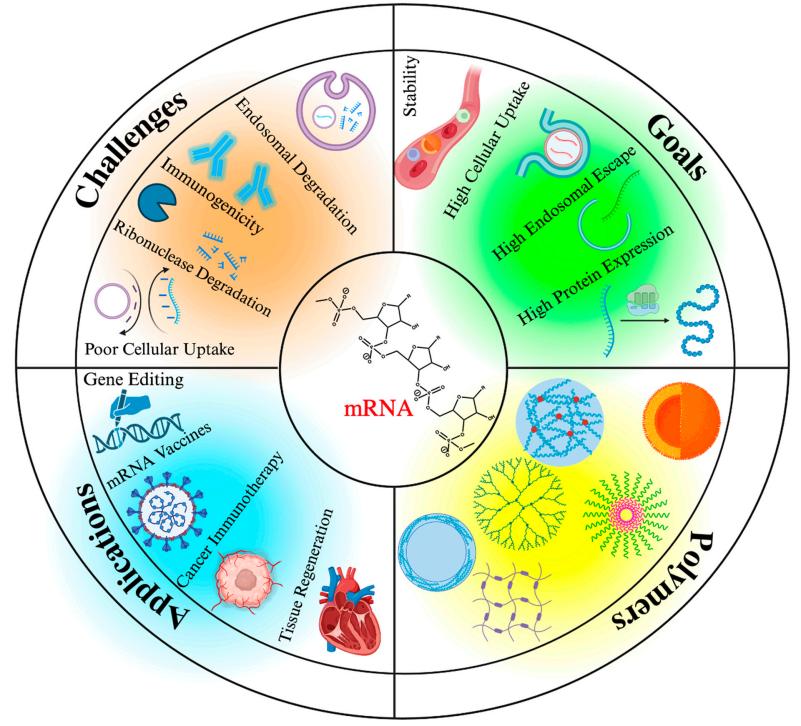 Fig.2 mRNA delivery: Challenges, goals, widely explored polymer-based systems, and intended applications of this technology. (Samaneh Yousefi Adlsadabad, et al. 2024)
Fig.2 mRNA delivery: Challenges, goals, widely explored polymer-based systems, and intended applications of this technology. (Samaneh Yousefi Adlsadabad, et al. 2024)
Our Preparation Methods of Polymeric Nanoparticles for mRNA Delivery
CD Formulation has been committed to exploring and researching preparation methods of polymeric nanoparticles for mRNA delivery based on our mature polymeric nanoparticle technologies.
Emulsion/Solvent Evaporation Method
The emulsion/solvent evaporation method prepares polymeric nanoparticles by pre-forming polymers. We have two methods to prepare emulsions, single emulsion technology and double emulsion technology. The single emulsion technology is to dissolve mRNA and polymer in an organic solvent. This method requires additional modification of mRNA to increase its solubility in organic solvents. The double emulsion technology dissolves mRNA in a small amount of aqueous phase and forms an oil-in-water emulsion, which is emulsified with an aqueous solution containing a surfactant to produce water-soluble nanoparticles.
Emulsion/Solvent Diffusion Method
The method is to emulsify a partially water-soluble organic solvent containing polymer and mRNA with an aqueous solution containing a surfactant. We achieve phase separation and the formation of a water-in-oil emulsion by saturating the aqueous phase with a partially water-soluble organic solvent. After emulsification is completed, a large amount of water is added to dilute the emulsion and induce the organic solvent to diffuse from the dispersed droplets into the surrounding aqueous phase to form solid polymeric nanoparticles. Finally, the organic solvent is removed by filtration or evaporation.
Emulsion/Reverse Salting-out Method
The method is based on the salting-out effect, forming an emulsion from a water-soluble organic solvent and an aqueous phase containing a surfactant and a high concentration of a salting-out agent. After the oil-in-water emulsion (the organic phase contains mRNA) is prepared, the salting-out agent is diluted with pure water to increase the miscibility of the organic solvent with the aqueous phase so that the organic solvent in the dispersed droplets diffuses into the external aqueous phase to form solid nanoparticles. Finally, the salting-out agent and organic solvent are removed by centrifugation or filtration to purify the polymeric nanoparticles.
Nanoprecipitation Method
Nanoprecipitation is based on rapid mass transfer at the interface of two liquids with different surface tensions. In this method, polymers and mRNA are dissolved in a water-miscible organic solvent and added dropwise to a bulk aqueous phase under moderate stirring. The polymer solution rapidly and spontaneously disperses into the aqueous phase to form nanoscale polymer droplets. As the organic solvent diffuses out of the nanodroplets, the polymer precipitates as solid nanoparticles. Finally, surfactants are added to the aqueous or organic phase to increase colloidal stability and prevent aggregation of polymeric nanoparticles.
Our Polymeric Nanoparticle-based mRNA Delivery System Development Process
Our development process for polymeric nanoparticle-based mRNA delivery systems follows a systematic approach:
Polymer Synthesis and Library Development
We synthesize polymers through Michael addition, creating a library of options for mRNA delivery.
Formulation and Characterization
Our team designs nanoparticles with specific properties such as size and surface charge, measured by dynamic light scattering (DLS), to meet the mRNA delivery needs of each project.
High-Throughput Screening of Polymer Library for mRNA Delivery
Polymeric architectures generally used for mRNA delivery can be classified into cationic polymers, non-cationic polymers, and stimulus-responsive polymers. We conduct high-throughput screening of polymer libraries to identify optimal polymers for efficient mRNA delivery.
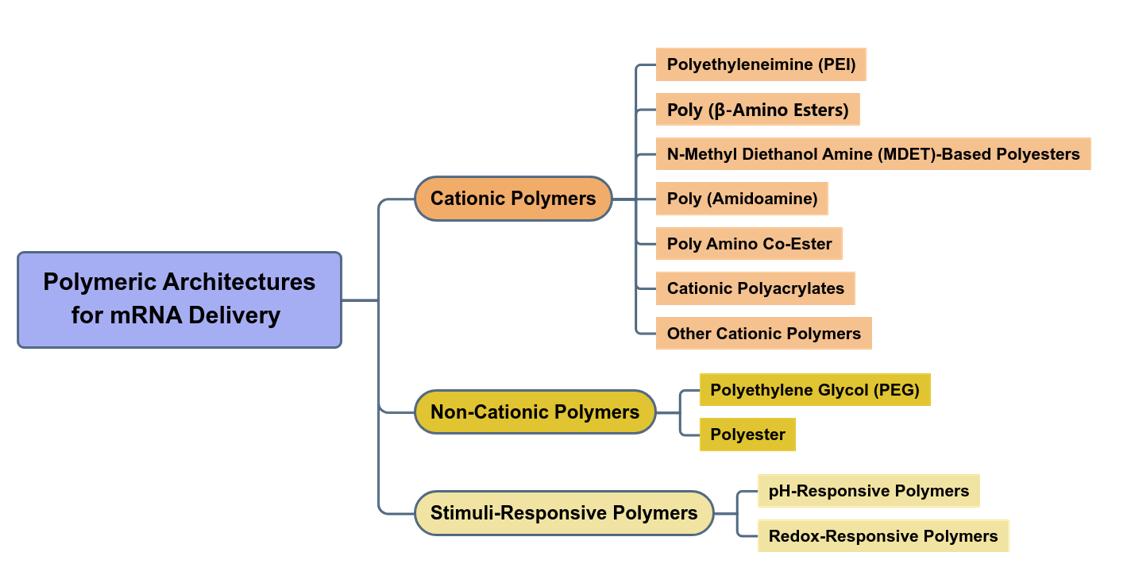 Fig.3 Polymeric architectures for mRNA delivery. (CD Formulation)
Fig.3 Polymeric architectures for mRNA delivery. (CD Formulation)
Uptake and Transfection Studies
Targeting ligands can provide additional impetus to polymer nanocarriers to increase target accumulation, uptake, and release in targeted cells. Our polymeric nanocarrier-based mRNA delivery technology can deliver mRNA to certain types of cells or tissues through ligand-receptor interactions and promote cellular uptake through receptor-mediated endocytosis. Using in vitro and in vivo models, we evaluate the efficiency of mRNA transfection, ensuring successful delivery to target cells.
Our mRNA Delivery Process
We design polymeric nanoparticles by adjusting polymeric structures to improve transfection efficiency at different steps in the mRNA delivery process, including tuning polymer structure, engineering nanoparticles, and promoting efficiency in each step.
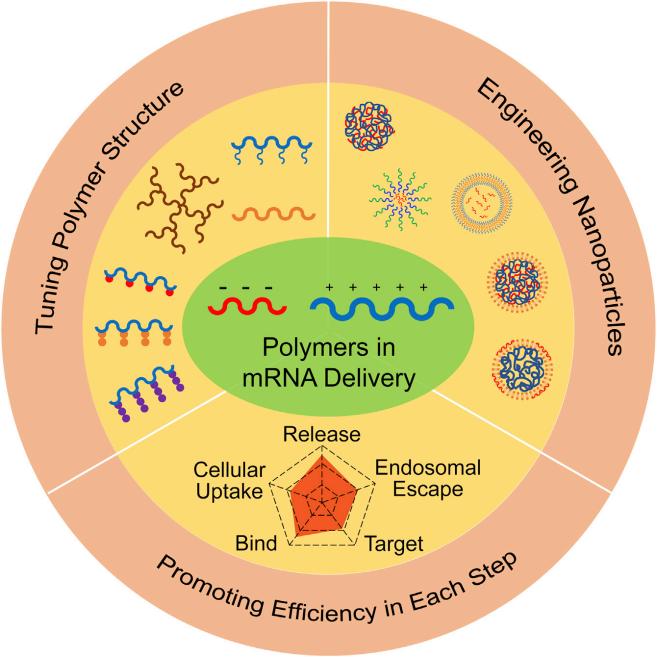 Fig.4 An overview of the approaches to enhance mRNA transfection efficiency with polymeric nanocarriers. (Pei Huang, et al.2022)
Fig.4 An overview of the approaches to enhance mRNA transfection efficiency with polymeric nanocarriers. (Pei Huang, et al.2022)
Quality Control of Polymeric Nanoparticle-mRNA Formulations
It is necessary to conduct a comprehensive safety assessment of the polymer and its degradation products in polymeric nanoparticle-mRNA formulations, and to implement reliable quality control measures, given the complexity of the polymer structure.
Why Choose CD Formulation?
- Leveraging our accumulated experience in polymeric nanoparticle and mRNA delivery technologies, we offer custom development of polymeric nanoparticle-based mRNA delivery systems tailored to meet the specific requirements of each client's project.
- Our technician has summarized multiple fabrication methods for preparing polymeric nanoparticles for mRNA delivery, such as cationic polymers and noncationic polymers.
- We have also rich experience in exploring and researching the processing of polymeric nanoparticle-based mRNA delivery system, and we can help customers to design mRNA, synthesis of polymeric nanoparticles for mRNA delivery, mRNA delivery and quality control of polymeric nanoparticle-based mRNA formulations.
Custom Polymeric Nanoparticle Development Services for mRNA Delivery
At CD Formulation, we offer custom development of polymeric nanoparticle-based mRNA delivery systems, designed to meet the specific requirements of each client's project. Our platform allows for the optimization of polymeric nanoparticles, ensuring effective delivery, minimal toxicity, and tailored outcomes.
Published Data
Technology: Polymeric Nanoparticle Technology for Targeted mRNA Delivery to Fibroblasts
Journal: Advanced Science
IF: 14.3
Published: 2022
Results:
The authors evaluated 152 formulations through high-throughput screening using a reporter fibroblast model that is sensitive to functional delivery of mRNA encoding Cre recombinase. At the same time, using in vitro and in vivo models, the authors showed that polymer nanoformulations based on a combination of 3 specific monomers more effectively transfected fibroblasts and outperformed lipid-based transfection agents in the delivery of Cas9 mRNA and guide RNA. The results of their structure-activity analysis showed that efficient mRNA delivery requires a combination of high buffering capacity and low mRNA binding affinity for rapid release upon endosomal escape.
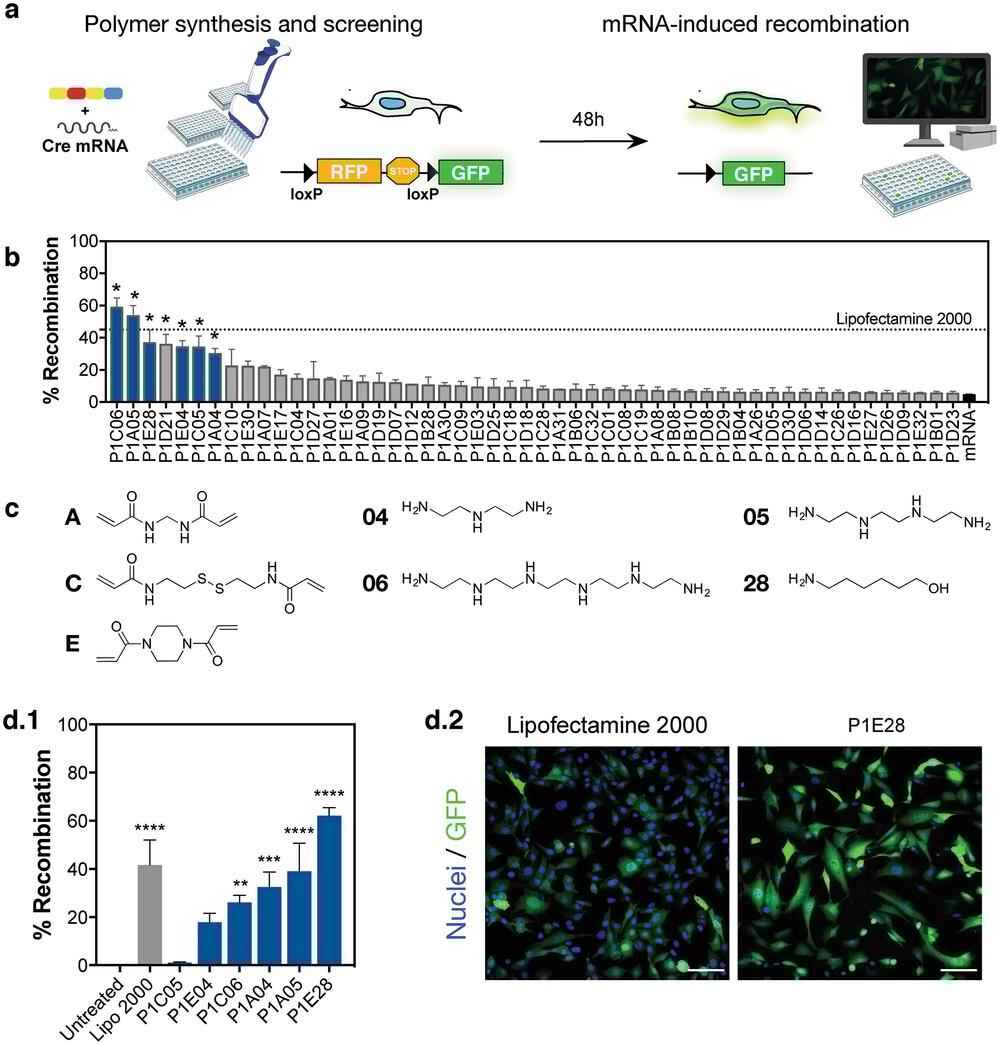 Fig.5 High-throughput screening of polymer library for mRNA delivery. (Artur Filipe Rodrigues, et al. 2022)
Fig.5 High-throughput screening of polymer library for mRNA delivery. (Artur Filipe Rodrigues, et al. 2022)
Polymeric nanoparticles exhibit diverse delivery strategies due to their versatility, tunability, and scalability. Both targeted functional group-modified polymers and responsive polymers can effectively deliver mRNA in vivo and in vitro. As a leading company in nanoformulation research and development, CD Formulation has established a novel polymeric nanoparticle-based mRNA delivery technology platform to assist customers in developing polymeric nanoparticle-based mRNA formulations. If you are interested in our services for developing polymeric nanoparticle-based mRNA delivery systems, please contact us.
References
- Qixian Chen, Ruogu Qi, Xiyi Chen, et al. A Targeted and Stable Polymeric Nanoformulation Enhances Systemic Delivery of mRNA to Tumors. Molecular Therapy. 2017,25(1):92-101.
- Samaneh Yousefi Adlsadabad, John W. Hanrahan, Ashok Kakkar. mRNA Delivery: Challenges and Advances through Polymeric Soft Nanoparticles. Int. J. Mol. Sci. 2024,25(3):1739.
- Pei Huang, Hongzhang Deng, Yongfeng Zhou, et al. The roles of polymers in mRNA delivery. Matter. 2022,5,1670-1699.
- Artur Filipe Rodrigues, Catarina Rebelo, Susana Simões, et al. A Polymeric Nanoparticle Formulation for Targeted mRNA Delivery to Fibroblasts. Advanced Science. 2022,51,3821-4200.
How It Works
STEP 2
We'll email you to provide your quote and confirm order details if applicable.
STEP 3
Execute the project with real-time communication, and deliver the final report promptly.
Related Services

 Fig.1 Conceptual illustration of polymeric nanoformulation as an mRNA delivery system. (Qixian Chen, et al. 2017)
Fig.1 Conceptual illustration of polymeric nanoformulation as an mRNA delivery system. (Qixian Chen, et al. 2017) Fig.2 mRNA delivery: Challenges, goals, widely explored polymer-based systems, and intended applications of this technology. (Samaneh Yousefi Adlsadabad, et al. 2024)
Fig.2 mRNA delivery: Challenges, goals, widely explored polymer-based systems, and intended applications of this technology. (Samaneh Yousefi Adlsadabad, et al. 2024) Fig.3 Polymeric architectures for mRNA delivery. (CD Formulation)
Fig.3 Polymeric architectures for mRNA delivery. (CD Formulation) Fig.4 An overview of the approaches to enhance mRNA transfection efficiency with polymeric nanocarriers. (Pei Huang, et al.2022)
Fig.4 An overview of the approaches to enhance mRNA transfection efficiency with polymeric nanocarriers. (Pei Huang, et al.2022) Fig.5 High-throughput screening of polymer library for mRNA delivery. (Artur Filipe Rodrigues, et al. 2022)
Fig.5 High-throughput screening of polymer library for mRNA delivery. (Artur Filipe Rodrigues, et al. 2022)
